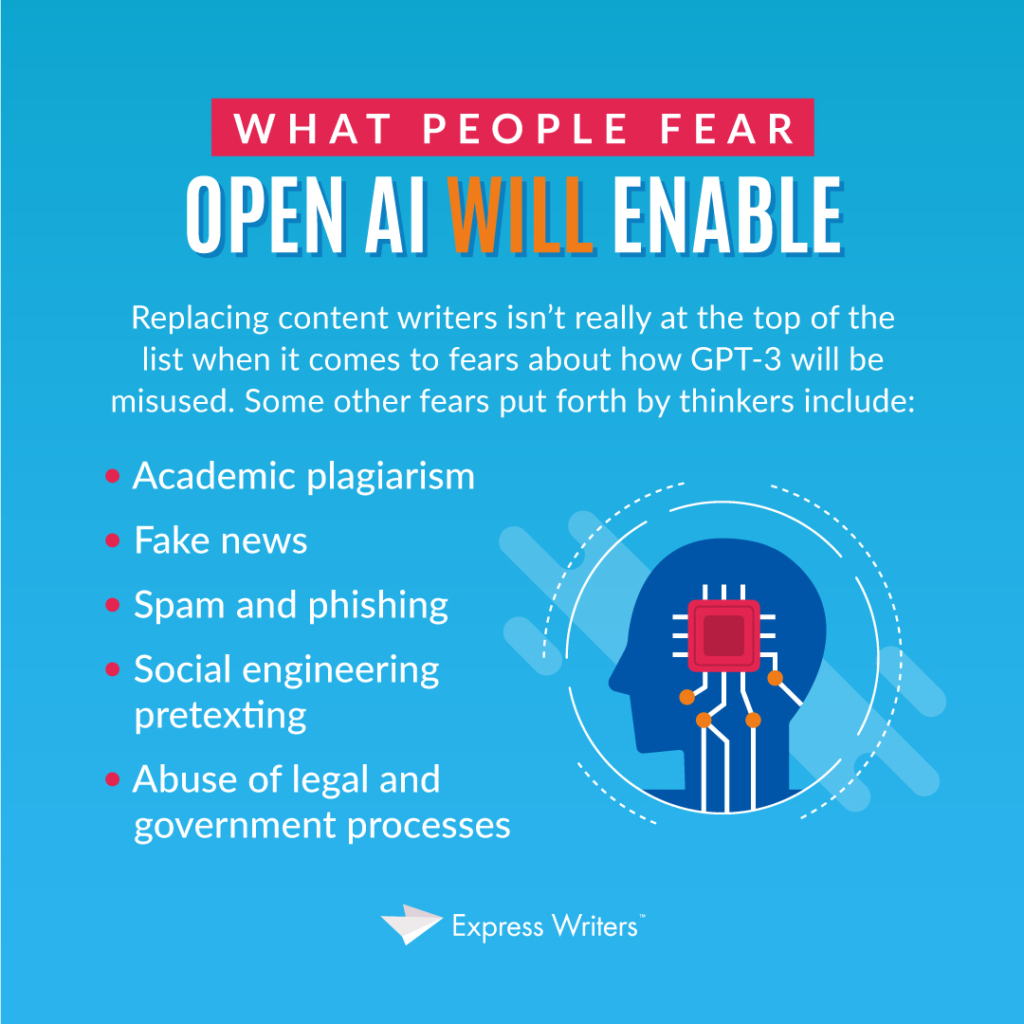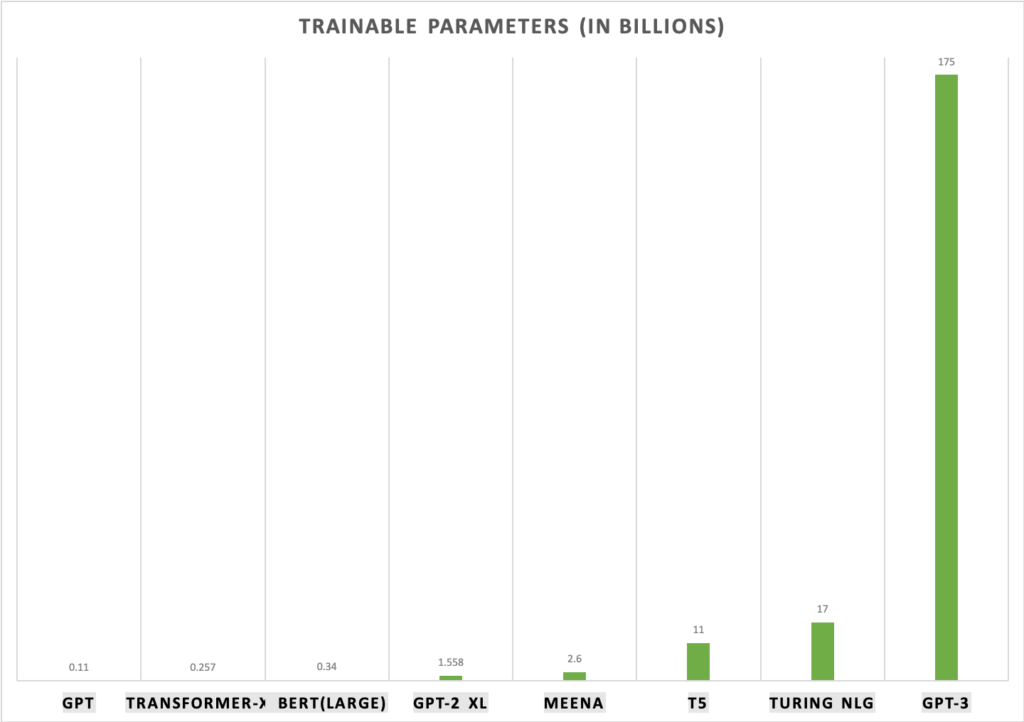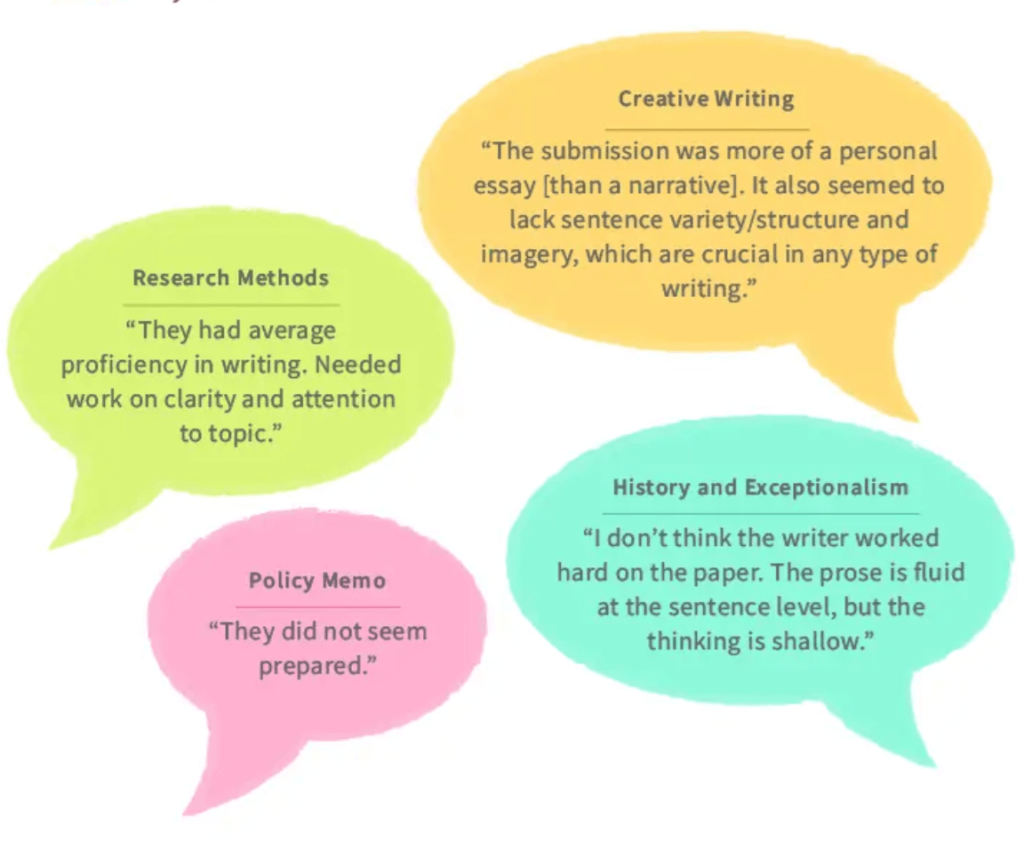Who Writes Better: College Students or GPT-3 Essay Writers?

Table of Contents
- What is GPT-3?
- The Future of AI
- What Can GPT- 3 Do?
- GPT-3 Essay Writer vs. College Students
- The Assessment
- Key Takeaways
- Conclusion
- FAQs
Artificial intelligence (AI) is no more an odyssey that we can experience only through cinema. It may no more be found in the shape of sentient machines with general artificial intelligence, as we see in the movies. It is very much a part of our real lives now. AI is now all around us. For example, did you know that Netflix’s recommendations engine is powered by AI and is worth $1 billion a year?
Travel and navigation, smartphone apps, smart homes, driverless cars, security and surveillance, social media feed, personalized recommendations in online advertising, proactive healthcare management, disease mapping, smart assistants like SIRI, Cortana, Alexa—AI is at work everywhere. Isn’t AI making our lives convenient then? Indeed it is, but we all understand that with our increasing dependence on AI, we are heading toward a future where machines will outperform humans in many jobs, a possibility that is echoing across various industries.

The Future of AI
Nell Watson, a Futurist and AI Technology Speaker who speaks about upcoming trends for businesses or organizations, says that in the future, which is not so distant, machines will be making business decisions such as devising strategies, choosing employees, forming companies, and so on. Other experts agree that job automation is the most immediate risk of AI.
Those involved in creative fields like music, art, and literature often think that their work is considerably more secure from robots. After all, AI is all about calculative power, superlative memory, and high-speed decision-making; it lacks imagination and ingenuity, which is innately human. But can’t AI be trained to “learn” the rules of being creative? Can AI be an innovative music composer or a writer?
It is hard to say, but the writing efficiency of Generative Pre-trained Transformer 3 (GPT-3)—an AI-powered text generator—indicates that content creation by AI can be creative enough to fool people into believing that humans write it. Last year, The Guardian, one of the most revered British newspapers, published an Op-Ed titled, “A robot wrote this entire article. Are you scared yet, human?”

As per the news piece, GPT-3 produced not just one but eight different versions of the essay, and each essay was “unique, interesting and advanced a different argument.” The Guardian‘s article is highly descriptive of the writing potential of GPT-3. Although many criticized the Op-Ed as “yet another GPT-3 Hype,” at least it confirmed that AI could write (nearly) as well as humans. Maybe it is not efficient or creative enough to write a best-selling novel or a highly engaging blog yet. But is GPT-3’s writing skill on par with or even better than that of college students and content writers who write for SEO rankings? Before discussing this in detail, let’s first understand what GPT-3 is and what it can do.
What is GPT-3?
Introduced in May 2020, GPT-3 accelerated the hype and excitement in the world about AI. It was even referred to as “one of the most interesting and important AI systems ever produced.” Created by OpenAI, a San Francisco-based artificial intelligence firm co-founded by Elon Musk, GPT-3 is a language model that uses deep machine learning to generate human-like text that has a language structure.
GPT-3 is not the first-of-its-kind; similar language models exist. Microsoft’s Turing NLG was the largest language model before the release of GPT-3. The capacity of these kinds of language models is defined in terms of “parameters.” Simply put, “more parameters” means more data has been used to train the model. The Turing NLG parameter capacity is 17 billion parameters, which is less than a tenth of GPT-3’s parameter capacity, which is 175 billion.

What Can GPT-3 Do?
GPT-3 can create anything with a language structure, which means it can write an essay, a blog, a news article, answer a question, summarize long texts, translate, and much more. It is interesting to learn how GPT-3 generates text. This AI uses a pre-trained algorithm for generating text. It has already been fed with a massive volume, around 570 GB, of textual information. Its algorithmic structure takes one piece of language (the prompt) as an input and then runs a training analysis on its vast body of pre-fed multiple datasets and then predicts the most useful piece of language for a reader.
So basically, GPT-3 is a language prediction model with access to vast resources, making it more efficient in understanding how languages work and are structured.
GPT-3 Essay Writer vs. College Students
Many articles on the internet showcase how adept GPT-3 is at content creation. However, to test the efficacy of GPT-3 as a writer in comparison to college students, a company called EduRef conducted an essay-writing competition between GPT-3 essay writers and a group of recent college graduates and students. The students were asked to write essays on American history, research methods, creative writing, and law based on writing instructions created by a group of professors. The exact instructions were fed to the GPT-3 as prompt. The test papers were anonymized and given to the panel to test whether AI could get better grades than human students.
- GPT-3 could score the highest grade of B- (B minus) in the test. It wrote a history essay on the American state of emergency. The human rivals also scored more or less similar grades, ranging from C+ to B.
- GPT-3 performed well during the legal assignment as only one in three students could get a grade higher than the AI.
- In the research methodology paper on COVID-19 vaccine effectiveness, GPT-3 scored a C, while students received Bs or Ds.
- The only paper GPT-3 failed was creative writing, with student writers scoring grades ranging from A to D+.
Overall, based on the test result analysis, it can be concluded that GPT-3’s technical skills are more refined than its creative skills. Its content showcases an exceptional understanding of grammar, syntax, and word frequency. It lacks craftsmanship, as it fails to demonstrate strong narratives in creative writing tasks. As per EduRef project manager Sam Larson, an academic himself, the low craftsmanship of GPT-3 in this area could be because of how GPT-3 pulls information.

When it was revealed that the articles employed AI, the students seemed more interested in AI’s capacity to support them in their own essays! This competitive experiment also highlighted another important aspect: while real students took an average of three days to complete the assignment, GPT-3 spent between 3 to 20 minutes generating content for each task.
Although Mr. Larson was impressed with the performance of GPT-3, he did emphasize that AI-generated content needs editors. Even while publishing the GPT-3-written article, The Guardian confirmed that it did edit the essays and asserted that “Editing GPT-3’s Op-Ed was no different to editing a human Op-Ed. We cut lines and paragraphs and rearranged their order in some places. Overall, it took less time to edit than many human Op-Eds.”
The Assessment
Who writes better essays: college students or GPT-3? This is a subjective question as not all human writers are equal. As the EduRef study revealed, some students beat the AI model, but GPT-3 outperformed some. So, it is fair to conclude that GPT-3 is an efficient text-generating AI, and undeniably, its content creation capacities are way ahead of previously existing language models. But because GPT-3 is an early glimpse of the rapid AI evolution, in all probability, its succeeding versions will show higher degrees of sophistication.
So, without getting tangled in deep discussions about who writes better or whether GPT 3 will take over writing jobs, it is important to accept that just like AI is revolutionizing other industries, it will also impact content marketing. To stay on top, humans need to team up with AI like GPT-3.
Someone (a human) at The Guardian came up with the idea of getting an article written by GPT-3; maybe another human came up with that sensational topic and the awe-inspiring intro. And then GPT-3 wrote the essay; editors edited that. And the final output triggered discussions across social media and helped news organizations generate a lot of impressions and ad revenue.
Key Takeaways
- In the future, which is not so distant, machines will be making business decisions such as devising strategies, choosing employees, forming companies.
- AI is all about calculative power, superlative memory, and high-speed decision-making; it lacks imagination and ingenuity, which is innately human.
- Created by OpenAI, a San Francisco-based artificial intelligence firm co-founded by Elon Musk, GPT-3 is a language model that uses deep machine learning to generate human-like text that has a language structure.
- GPT-3 can create anything with a language structure, which means it can write an essay, a blog, a news article, answer a question, summarize long texts, translate, and much more.
- AI uses a pre-trained algorithm for generating text. It has already been fed with a massive volume, around 570 GB, of textual information. Its algorithmic structure takes one piece of language (the prompt) as an input and then runs a training analysis on its vast body of pre-fed multiple datasets and then predicts the most useful piece of language for a reader.

Conclusion
The quality of GPT-3 generated content improves after expert human writers or editors have fine-tuned it. In the same way, performances of content writers or content marketing campaigns can be made even more impressive by using the AI of GPT-3. For instance, consider Peppertype.ai. It is a GPR 3-based virtual content assistant that content professionals, college students, or anyone looking to generate short-scale content can use. This includes website headlines/copy, brand/product descriptions, tweet ideas, social media post captions, blog ideas, etc.
The idea behind the tool is that content writing is a demanding job, and content ideation often takes much of a writer’s time, so the GPT-3 content creating tool helps writers with their ideation needs. Professional writers in content marketing, SEO, or digital agencies can use this AI tool to get multiple content ideas for Google ads, Facebook ads, tweets, blogs, articles, etc., all in a matter of just one click. The tool is also efficient in writing short content pieces such as e-commerce product descriptions and SEO meta descriptions.
FAQs
Quickchat is a wholly conversational AI ChatBot run by OpenAI’s GPT-3. It can be used in customer support, online applications, internal knowledge base, etc.
The NVIDIA DGX A100 is the world’s most advanced system for powering universal AI workloads.
– PaperHelp
– JustDoMyEssay
– EssayPro
– ExpertWriting
– SpeedyPaper
– GradeMiners
The GPT-3 model has an open-source version: GPT-J created by Eleuther AI, a group of researchers who seek to democratize artificial intelligence.
Google is the leading AI technology.
Latest Blogs
Learn how to rank on AI search engines like ChatGPT, Perplexity, and Gemini by optimizing your content for authority, structure, and relevance. Stay ahead in AI-driven search with this strategic guide.
Explore the best healthcare SEO services for your medical practice. Improve online visibility and effectively reach more patients in need of your services.
Discover top social media agencies specializing in banking solutions, enhancing financial services and driving engagement.
Get your hands on the latest news!
Similar Posts
Artificial Intelligence
3 mins read
How to Rank on ChatGPT, Perplexity, and Gemini: A Strategic Guide for Marketers

Healthcare and Wellness
4 mins read
Best Healthcare SEO Services to Grow Your Medical Practice

Artificial Intelligence
5 mins read